Testing Loss-of-Field / Loss-of-Excitation Elements (40)
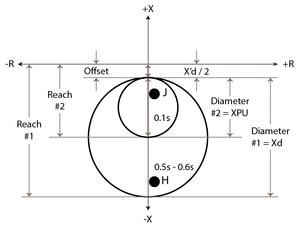
“Why did my 40-Element test fail?” is probably the most common question I get asked about generator protection. The first question I ask is, “What kind of fault are you trying to simulate?” The second question is, “Where are the test currents in relation to their voltages?” If you truly
How to Test Breaker Failure Element Logic
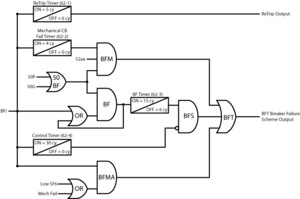
I presented a “Testing Breaker Failure Schemes” paper at the 36th annual Hands-On Relay School in 2019. This post is the second part of the paper that will give step-by-step test plans to help you test Breaker Failure Schemes. I highly recommend you read: Part 1 of the series first
How to Test Breaker Failure Schemes
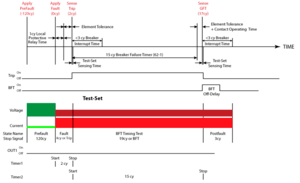
I presented a “Testing Breaker Failure Schemes” paper at the 36th annual Hands-On Relay School in 2019. This post is the second part of the paper that will give step-by-step test plans to help you test Breaker Failure Schemes. I highly recommend you read Part 1 of the series first
Introduction to Breaker Failure Schemes (50BF)
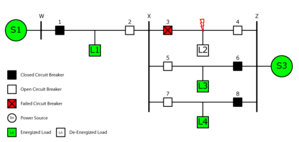
I presented a “Testing Breaker Failure Schemes” paper at the 36th annual Hands-On Relay School in 2019. Here’s the first part of the paper that will give you a basic introduction to Breaker Failure Schemes: 1. Introduction The power system is a delicate balance between load and generation. We usually
Why Do Traditional Line Distance Protection Relay Testing Procedures FAIL on Digital Relays?
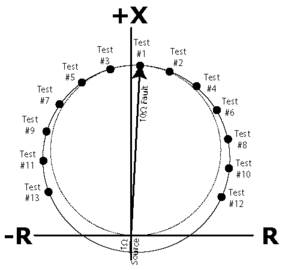
Traditional line distance relay testing procedures (MTA, Reach, and Timing) are a great way to test electro-mechanical relays and learn how line impedance relays operate; but they are inefficient, ineffective, and frustrating when applied to modern digital relays. This post will show you why your traditional tests are probably failing,
High Impedance Busbar Differential Protection
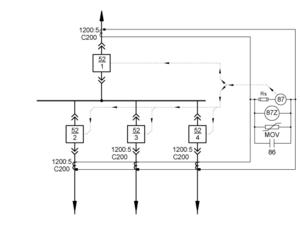
We covered the basic operating principles of high impedance busbar differential protection in our previous post, I Want to Know How a High Impedance Differential Scheme Works. You should read that post first before we dig deep into the calculations and considerations that explain how high impedance busbar differential schemes function.






